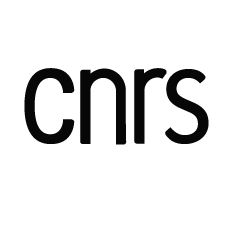Seminar SCALab 28/03/2024
SéminaireJulieta Ramos-Loyo, Neuroscience Institute, University of Guadalajara, Mexico
Development of facial emotional recognition in children: brain electrical activity changes.
Julieta Ramos-Loyo1*, Paola V. Olguín-Rodríguez2, Sara E. Espinosa-Denenea1, Luis A. Llamas-Alonso1, Sergio Rivera-Tello1, Markus F. Müller2
1Neuroscience Institute, University of Guadalajara, Mexico.
2Science Research Center, Autonomous University of Morelos State, Mexico.
Abstract
Facial emotion recognition develops during childhood. The purpose of the present work was to evaluate EEG changes using diverse analysis methods: event-related potentials (ERP), absolute power, power spectrum slope, and functional connectivity during facial processing to have a more complete perspective of brain development in typically developing children. We studied performance and ERPs in schoolchildren with an odd-ball paradigm. EEGs were recorded from 60 participants aged 6, 8, and 10. Tasks included identity and gender recognition, and happiness, anger, and sadness emotion recognition. Emotional recognition improved with age. P1, P3, and LPP had enhanced amplitudes during emotion categorization. Present results suggest that face processing, like other cognitive processes, improves with higher age associated with maturational EEG changes. ERPs showed LPP showed amplitude reduction with age which has been linked to emotional face evaluation. The power spectrum slope decreased with age and may represent a general index of brain development. Regarding EEG connectivity it showed a reorganization across development. Older children showed higher coupling between areas related to the attentional- and face networks, which may be related to the better performance they achieved. Using diverse analysis methods of EEG activity may lead to a more complete picture of brain developmental changes at rest and during task processing.
